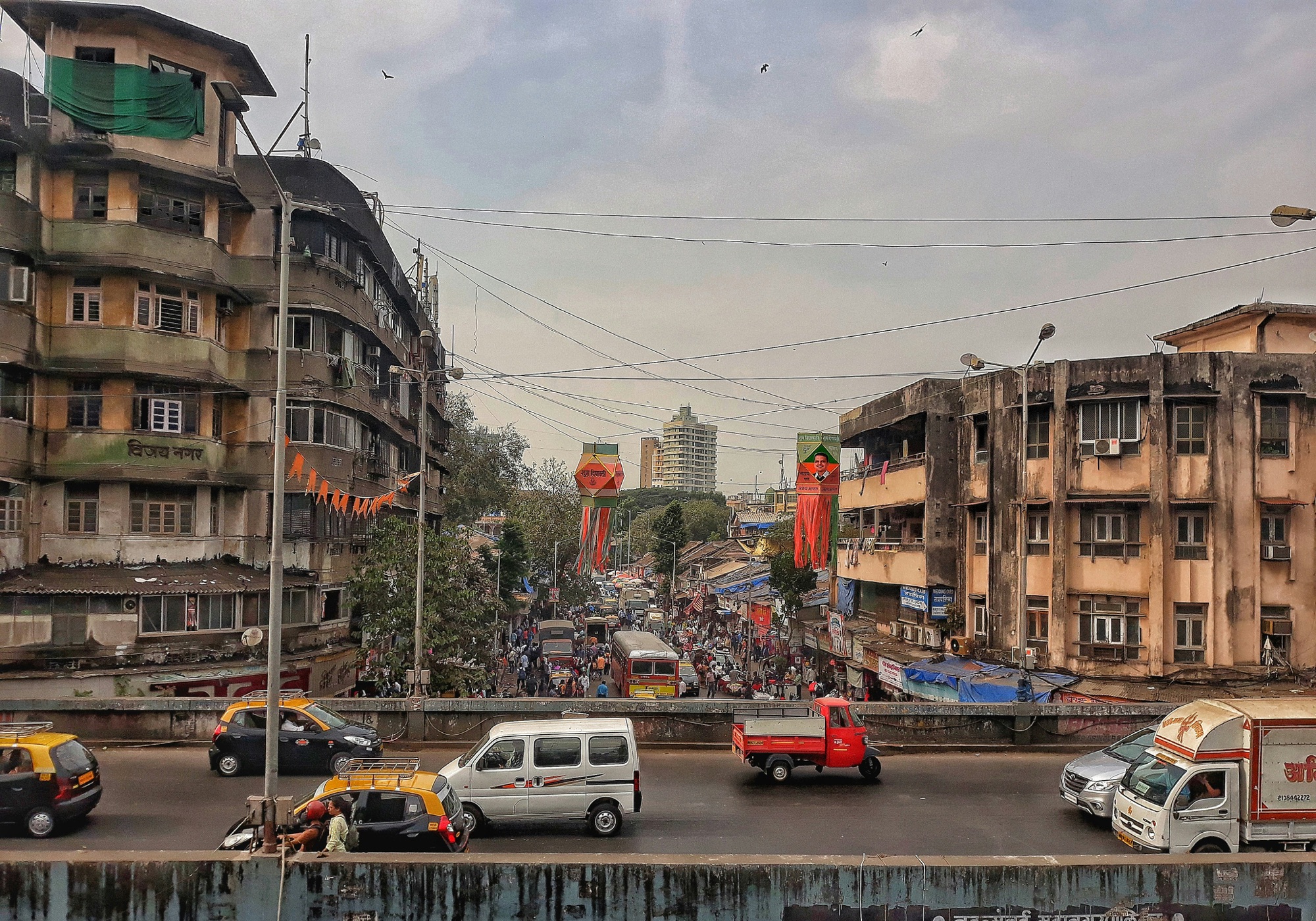India’s population size is a multifaceted topic, shaped by geographical, cultural, economic, and political factors, among others. Understanding these elements provides a clearer picture of why India is one of the most populous countries in the world. Let’s delve deeper into each aspect to grasp the complexity and interconnectedness of these factors.
Geographical Factors
India’s geographical diversity is a cornerstone of its population dynamics. The fertile plains of the Ganges and the Indus rivers have been cradles of civilization for thousands of years. Historically, these regions have supported large-scale agriculture, which in turn has led to the establishment of dense human settlements. The abundance of arable land and consistent water supply have allowed these areas to sustain a large population over generations.
The Role of River Systems
The Ganges River, often referred to as the lifeline of India, stretches over 2,500 kilometers and supports millions of people living in its basin. The river not only provides water for drinking and irrigation but also sustains numerous cultural and religious activities. The annual Ganga Dussehra festival, for example, attracts millions of pilgrims, showcasing the river’s central role in cultural life. Similarly, the Indus River basin has been a pivotal factor in the agricultural success of regions like Punjab and Haryana. These areas are often called the “Granary of India” due to their extensive production of wheat and rice, which feeds a significant portion of the country.
Diverse Living Conditions
Beyond the fertile plains, India’s varied geography includes mountains, plateaus, and coastal regions, each offering unique living conditions. The Himalayan region, for instance, supports a different lifestyle and settlement pattern than the coastal regions of Kerala or the deserts of Rajasthan. The Western Ghats, a UNESCO World Heritage site, are home to diverse ecosystems and have shaped agricultural practices and population distribution in states like Maharashtra and Karnataka. This geographical diversity has fostered a range of human settlements and population pockets, each with distinct cultural and economic practices.
Cultural and Religious Beliefs
Cultural norms and religious beliefs play a significant role in shaping family size decisions in India. Traditionally, large families have been seen as a source of pride and security. This cultural norm is deeply intertwined with religious beliefs that often discourage contraception, leading to higher birth rates.
Family as a Social Security
In many parts of India, especially rural areas, children are seen as an asset. They contribute to the household economy, particularly in agrarian communities, and provide support for parents in their old age. This is more than just a cultural preference; it’s an economic strategy in environments where social security systems are not robust. For instance, in villages across Uttar Pradesh, families often rely on older children to manage farms and care for younger siblings, creating a self-sustaining family unit.
Religious Influences
Religious teachings often emphasize the importance of family and procreation. For example, Hinduism, the predominant religion in India, places significant importance on lineage and family continuity. While modern family planning methods are being increasingly accepted, traditional beliefs still hold strong sway in many communities. In states like Bihar, religious festivals and rituals often include prayers for fertility and prosperity, highlighting the cultural emphasis on large families.
Economic Development and Poverty
Economic factors are closely linked with population growth. High poverty levels, particularly in rural areas, limit access to education and healthcare, leading to a lack of awareness and use of family planning methods.
Education and Family Planning
Education, particularly women’s education, is a crucial factor in controlling population growth. Educated women are more likely to have smaller families and to use contraception. However, in many impoverished areas, educational opportunities are limited, perpetuating a cycle of high birth rates. In rural districts of Madhya Pradesh, for instance, girls often drop out of school early due to financial constraints, limiting their future opportunities and perpetuating traditional family norms.
Economic Disparities
The economic disparity between urban and rural areas also impacts population growth. Rural areas often lack the resources and infrastructure necessary for effective family planning. In contrast, urban areas, although more resource-rich, face challenges related to overcrowding and infrastructure strain due to rapid migration from rural regions. Cities like Bangalore, known for their tech industry, attract a large influx of workers, but housing and public services struggle to keep pace, creating urban slums and high-density living conditions.
Government Policies
The Indian government has implemented various policies to address population growth, but these efforts face myriad challenges.
National Population Policy
The National Population Policy of India aims to promote family planning and reproductive health. However, the effectiveness of these initiatives is often hampered by implementation challenges and regional disparities. For example, while urban centers like Mumbai may have access to extensive healthcare facilities, rural areas in states like Jharkhand often lack basic health services, making it difficult to implement family planning programs uniformly.
Case Studies: Successful Interventions
In states like Kerala and Tamil Nadu, targeted policies, including education and healthcare improvements, have successfully reduced birth rates. These states offer valuable lessons for other regions struggling with population control. Kerala’s focus on female literacy and healthcare has led to a fertility rate well below the national average, demonstrating how education and health infrastructure can effectively manage population growth.
Urbanization and Migration
Urbanization is both a driver and a consequence of population growth in India. The migration from rural to urban areas in search of better opportunities has led to significant demographic shifts.
Challenges of Urban Migration
The rapid pace of urbanization has strained resources and infrastructure in cities. For example, cities like Mumbai and Delhi face significant challenges in providing housing, sanitation, and healthcare to their burgeoning populations. This unplanned growth has exacerbated population density issues and highlights the need for effective urban planning. The Dharavi slum in Mumbai, one of the largest in Asia, is a stark representation of these challenges, where millions live in cramped conditions with limited access to basic amenities.
Opportunities in Urbanization
While urbanization presents challenges, it also offers opportunities for economic development and improved living standards. Cities are hubs of economic activity, providing better employment and educational opportunities, which can lead to decreased birth rates over time. Bangalore’s rise as a tech hub, for instance, has created numerous job opportunities, attracting a young, educated workforce that tends to prioritize career over large families.
Healthcare and Life Expectancy
Improvements in healthcare and sanitation have led to a decline in mortality rates, contributing to population growth.
Advances in Healthcare
India has made significant strides in healthcare, with improvements in medical technology and public health initiatives. For instance, the eradication of diseases like smallpox and polio has increased life expectancy. The introduction of the National Health Mission has further enhanced healthcare delivery in rural areas, reducing infant mortality rates and increasing overall life expectancy.
Demographic Transition
The demographic transition theory explains how countries move from high birth and death rates to lower birth and death rates as they develop. India is in a transitional phase, where declining mortality has not yet been matched by a significant decline in fertility, leading to a population growth imbalance. This demographic shift presents both a challenge and an opportunity for policymakers to focus on sustainable development and resource management.
The Youth Population: A Double-Edged Sword
India’s population is significantly young, with over 50% below the age of 25. This demographic dividend presents both opportunities and challenges.
Harnessing the Demographic Dividend
A young population means a potentially large workforce, which can drive economic growth. To harness this potential, India needs to invest in education, skill development, and job creation. Initiatives like the Skill India Mission aim to equip youth with necessary skills, aligning with market demands and fostering entrepreneurship.
The Risk of Unemployment
Without sufficient job opportunities, the young population could lead to increased unemployment, social unrest, and a perpetuation of poverty. Addressing these challenges requires comprehensive economic and educational reforms. The rise of gig economy jobs, particularly in urban centers, showcases a shift towards flexible employment, but also highlights the need for sustainable job creation.
Environmental Impact
Population growth in India also has significant environmental implications.
Resource Strain
Increased population leads to greater demand for resources such as water, food, and energy. This strain is evident in the depletion of groundwater resources and increased pollution levels in urban areas. The Yamuna River, heavily polluted due to industrial discharge and urban waste, highlights the environmental cost of rapid population growth.
Sustainable Development
Balancing population growth with sustainable development is crucial. Initiatives aimed at promoting renewable energy, reducing waste, and improving resource efficiency are essential for mitigating the environmental impact of population growth. Solar power initiatives in Rajasthan and wind energy projects in Tamil Nadu are steps towards achieving energy sustainability.
Rural-Urban Dynamics
The interplay between rural and urban demographics is pivotal in understanding India’s population growth.
Rural Challenges
Rural areas often face challenges like lack of infrastructure, limited access to education, and healthcare deficiencies. These factors contribute to higher birth rates and slower economic development. Efforts like the Pradhan Mantri Gram Sadak Yojana aim to improve rural connectivity, facilitating access to education and healthcare, which can indirectly influence population growth patterns.
Urban Pull Factors
The allure of urban life, with its promise of better jobs and modern amenities, continues to draw people from rural areas. This migration fuels urban expansion but also strains city resources. For instance, Kolkata’s expansion has led to the development of satellite towns, yet these areas struggle with infrastructure deficits.
Technological Advancements and Impact
Technological growth has a profound impact on population dynamics in India.
Digital Revolution
The digital revolution has transformed access to information, making family planning resources more available. The rise of telemedicine and online education platforms has made it easier for rural populations to access health and educational resources, potentially influencing family size decisions.
Agricultural Technology
Advancements in agricultural technology have increased food production, supporting larger populations. The Green Revolution, with its introduction of high-yield crop varieties and improved irrigation techniques, played a pivotal role in feeding India’s growing population. However, it also raised challenges related to sustainability and environmental degradation.
Historical Context and Colonial Legacy
Understanding India’s population requires a look at its historical context.
Colonial Impact
British colonial policies significantly influenced India’s demographic patterns. Policies that favored cash crops over food crops led to famines, affecting population growth and distribution. The legacy of these policies is still evident, with certain regions being more developed than others, influencing migration and settlement patterns.
Post-Independence Population Policies
Post-independence, India recognized the need for population control and implemented various family planning initiatives. While initial efforts faced resistance, gradual policy shifts and awareness campaigns have begun to change attitudes towards family planning. The Emergency period’s forced sterilization campaign remains a controversial chapter, highlighting the complexities of implementing population control measures.
Future Outlook and Strategies
India stands at a crossroads with its population dynamics, presenting both challenges and opportunities.
Policy Innovations
Innovative policy approaches, such as integrating population control with poverty alleviation and education, could offer sustainable solutions. Programs like the Jan Dhan Yojana, which promotes financial inclusion, can empower individuals, particularly women, to make informed family planning decisions.
Community Engagement
Engaging communities in population management efforts is crucial. Grassroots movements and local NGOs play a pivotal role in educating and empowering communities. The Self-Employed Women’s Association (SEWA) in Gujarat is an example of how local initiatives can drive change, focusing on women’s empowerment and economic independence.
Understanding the reasons behind India’s large population involves examining a complex interplay of factors. Addressing this issue requires a multi-faceted approach, encompassing policy reforms, education, economic development, and cultural shifts. By taking a holistic view and implementing targeted strategies, India can work towards sustainable population management and improved quality of life for its citizens.




